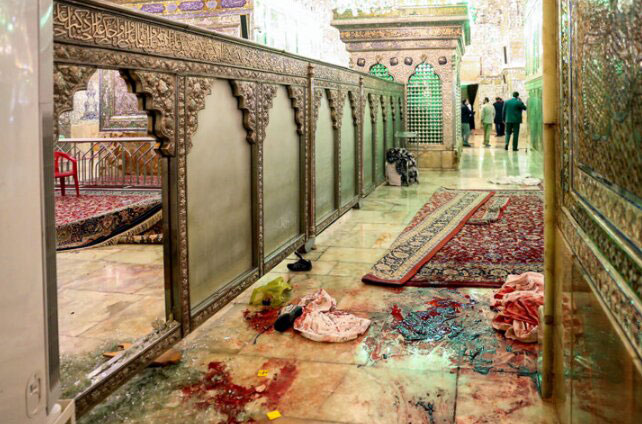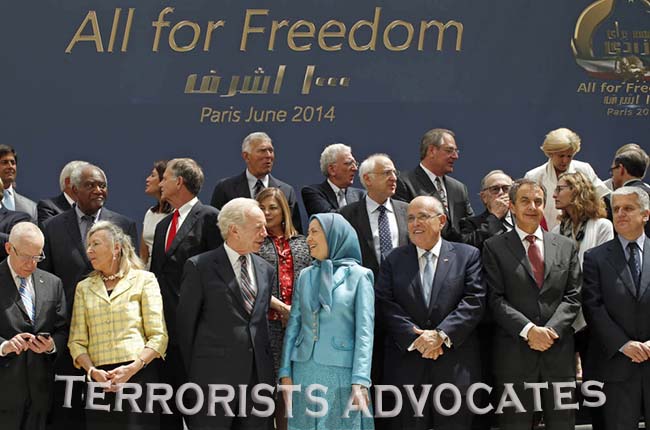As a result of a terrorist attack on the holy shrine of Shah-e Cheragh in Iran’s southern city of Shiraz on October 26, 13 people have been killed and 30 others wounded.
The Islamic State group late Wednesday claimed responsibility for the attack on its Amaq news agency. It said an armed militant stormed the shrine and opened fire on its visitors. It claimed that some 20 people were killed and dozens more were wounded.
Two children were among the victims, according to state-run Press TV.
CCTV footage broadcast on state TV on Thursday showed the attacker entering the shrine after hiding an assault rifle in a bag and shooting as worshipers tried to flee and hide in corridors.

terrorist attack on the holy shrine of Shah-e Cheragh in Iran’s southern city of Shiraz on October 26
ISIS has claimed previous attacks in Iran, including deadly twin attacks in 2017 that targeted parliament and the tomb of the Islamic Republic’s founder Ruhollah Khomeini.
Wednesday’s killing of Shia pilgrims came on the same day that Iranian security forces clashed with increasingly rioters marking 40 days since the death of Mahsa Amini.
The ISIS is not the only terrorist group which has resorted to the violence against worshipers in Iran. The first group which targeted prayers in Iran is the Mojahedin-e Khalq Organization, aka MeK or MeK. In this regard, one can consider the MeK as the predecessor of ISIS.
In what follows, we mention three cases of Mojahedin-e Khalq Organization’s attacks on prayers in Iran.
On September 11, 1981, a bomb exploded by the MeK agents in the Friday prayer altar of Tabriz after Friday prayers. In this terrorist explosion, six prayers along with Ayatollah Seyyed Assadollah Madani, the Friday prayer Imam of Tabriz, were killed and 38 people were injured.
On December 11, 1981, the then Friday prayer Imam of Shiraz Ayatollah Seyyed Adbulhussain Dastgheib were killed along with ten of his companions when a bomb exploded as they were heading to Shiraz main mosque to perform the Friday prayer. The assassin, Gowhar Adab-Awaz, was a female member of the MeK.
On July 2, 1982 as a result of a bomb blast at the Friday prayer place in Yazd, five prayers along with the then Friday prayer Imam of Yazd Ayatollah Sadoughi were killed. A few months later, on October 14th, the MeK assassinated Ayatollah Seyyed Asadullah Madani, the Friday prayer Imam of Bakhtaran.
On March 15, 1985, 14 worshipers were martyred and 110 people were injured due to the explosion of a bomb planted by the MeK members in Friday prayer of Tehran.
By reviewing these mentioned attacks and comparing them with the recent attack in Shiraz, one can rightly call MeK as the predecessor of other terrorist groups such as ISIS in attack on worshipers.
Also, By Monitoring the MeK’s media, including its websites and social networks, one can find that how this organization, by calling on its terrorist cells known as rebel centers, has drove the protests to radicalism. During the recent years’ protests in Iran, the MeK has incited the protesters to adopt radical approaches and pick up arms, in an effort to divert protest movements into violent riots and thus has provided the causes of their failures.



